Menu
- 130 King Street West, Suite 1800
- P.O. Box 427
- Toronto, ON, Canada M5X 1E3
- (416) 865-3392
- info@triparagon.com
In the data center industry, we are seeing a widening range of data centers. Cloud and Colocation facilities are larger and higher density capacity with electrical demand in the tens and hundreds of megawatts. There is edge computing where small data centers are distributed widely. Increasingly, we are seeing extreme weather conditions that lead to longer power outages. Data center energy management is a critical piece to data center management; data centers must have the ability to protect against these situations. Regardless of the size of the facilities, energy consumption and related costs are representing a larger portion of a data center company’s operating costs.
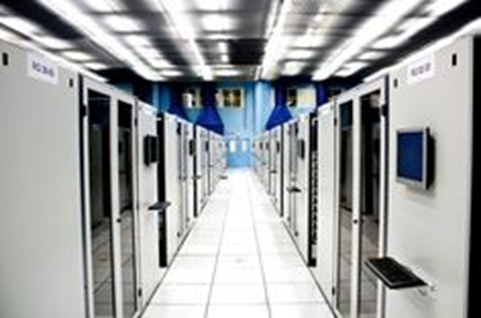
Data center energy management requires a multi-pronged approach: power-sipping hardware, tools that generate a clear depiction of energy use and expose areas where changes will pay off, and business strategies that bring in the right energy control products with the best return on investment (ROI).
It’s impossible to determine energy efficiency without a usage baseline. Estimates based on power use measured at the building’s meter are adequate for global assessments, like power usage effectiveness (PUE), but not to determine specific systems’ efficiency. For example, a PUE of 1.2 suggests excellent energy efficiency because almost all power entering the building is used by the data center. However, if 50% of the servers are idle but powered on, that PUE belies a large sum of wasted energy.
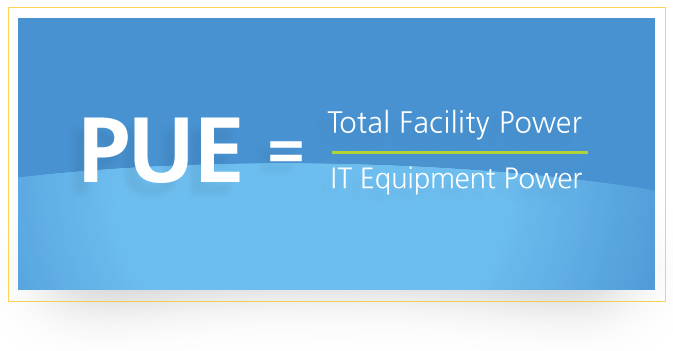
Power distribution units (PDUs) use intelligence to help organizations map energy draw. They also control power at the outlet level for granular cycling of devices, such as individual rack servers. Smart PDUs pay off in data centers with numerous racks of equipment that demand granular monitoring and control; management tools process PDU data to analyze and report on power use and environmental conditions in the racks. Uninterruptable power supply (UPS) systems that keep data center equipment running during utility power failures also extend energy efficiency and intelligence.
The Raritan PX Intelligent Rack PDU series provides reliable power distribution for IT equipment cabinets
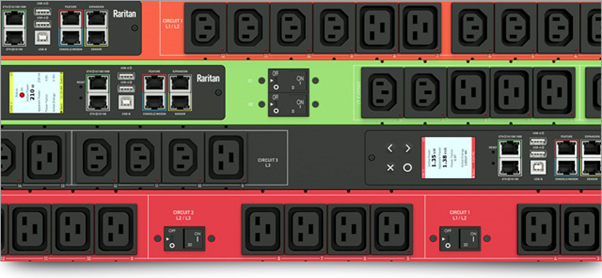
Enterprise data centers are also revisiting the notion of standby- or Eco-mode for energy management. Rather than converting AC-DC-AC — a less-efficient double conversion — the UPS runs equipment from utility power and switches to UPS milliseconds after utility power fails. Modern UPS systems also report readiness, battery status, load and other operating conditions to monitoring and management software.
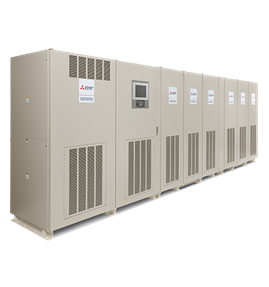
Sunbird DCIM software identifies power-hungry systems ripe for a technology refresh, either replaced with a more energy-efficient model or decommissioned via workload redistribution or consolidation — even migration to hosted cloud. Tools can also correlate data center temperature and humidity levels with system activity and energy use over time for informed capacity planning decisions.
To cope with unruly energy usage, look for features like power capacity forecasts and capacity modeling when data center conditions change, as well as energy chargeback billing for internal departments that use computing. These allow the business to estimate the power, cooling, space and network resources for new systems, or calculate the carbon footprint for each energy subsystem.
Sunbird DCIM adoption will feed technology refreshes, which in turn enhance DCIM features by adding more DCIM-compliant equipment and sensors.
Long-term energy strategies
Most organizations can rely on new systems and software over the short term for data center energy management, but maximizing efficiency requires a long-term strategy and educated goals.

Many organizations consolidate hardware via server virtualization and can reach higher virtualization percentages. By enabling one physical server to host multiple workloads, a business slashes its server count and reduces energy demands for systems and cooling. However, virtualization requires an investment in hypervisors such as VMware vSphere and Microsoft Hyper-V and virtualization-specific IT expertise. Virtualization is key to energy efficiency and workload mobility, but don’t expect results overnight.
An emerging energy-efficiency strategy is relocating workloads to remote public cloud or hosted colocation providers. Suitable migrations reduce server counts and ease energy and cooling demands, but it’s not for every workload — mission-critical, geographically regulated, high-security or difficult to recode/re-architect workloads stay on in-house servers. With outsourcing, each technology refresh cycle means fewer new server purchases. Large-scale enterprise data centers experience measurable energy savings as well.
In large data center facilities, several infrastructure improvements will boost energy efficiency by minimizing the number of voltage/current conversions between the utility and IT systems. For example, some organizations opt to use higher operating voltages, such as 208 Volts AC rather than the traditional domestic 120 Volts AC or the higher European 415 V/240 V power (400 Volts). Higher operating voltages require fewer step-down conversions.
No power strategy is complete without considering backup generators. The expense, regular testing, switchover, and maintenance — not to mention the pollution — of diesel generators make solid oxide fuel cell generators attractive for future backup power. Fuel cells use natural gas or a variety of renewable biofuels to produce electricity. For large operations, consider moving to fuel cell generators as the full-time primary power source and leaving utility power as the backup.
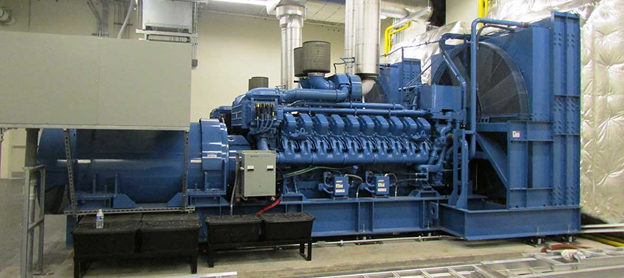
Business goals will help shape which of these long-term strategies makes sense for your data center. Calculate the ROI on any IT energy management initiative, particularly the more disruptive changes. For example, don’t build a new state-of-the-art data center facility if the company plans to shed its IT workloads to private cloud providers. And a long-term energy purchase contract won’t save money if it doesn’t account for the IT team’s massive server virtualization and consolidation project.
There are many opportunities to reduce energy consumption in data centers to save on energy costs. Effective management of energy efficiency initiatives requires DCIM software to help you see trends in energy consumption. Sunbird DCIM can help you understand what is drawing energy in your facility and find ways to save on energy usage – while maintaining a safe environment for your IT equipment.
Monitor and Measure Usage
You can’t manage what you don’t measure. Information can give you the intelligence you need to be smarter about your energy usage. With built in ASHRAE cooling charts and Smart Rack views, Sunbird’s Power IQ Energy Management Solution monitors and measures all the energy usage in your facility, providing dashboards and reports to help you find savings in your data center. Increase data center temperature without risk and drive energy savings behavior with bill-back reports.
Real-Time PUE
Our Energy management software is standards based and monitors building meters, UPSs, Floor PDUs, RPPs, intelligent rack PDU’s and environment sensors. It consolidates information into actionable reports, enabling you to save power and money, calculate Green Grid’s PUE Level 1, 2 and 3, and drive your green data center and sustainability initiatives.
Real-time PUE is now at your fingertips.
It’s automatic:
Understand costs any way you like…
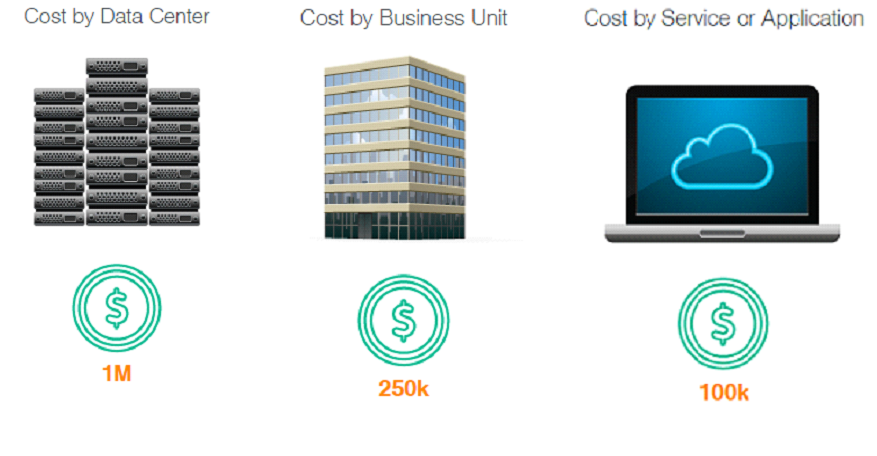
Allocate accurate costs across organizations:
Support corporate sustainability and green initiatives:
There ae two aspects of data center energy inefficiency: idle resource power consumption, and support infrastructure power consumption. To reduce idle resource power consumption, we can adopt one of two approaches. The first approach tries to match data center power consumption to the load, by turning off resources when they are idle. The second approach tries to match data center load to provisioned power, by consolidating the load so that resource utilization is improved, and resource idling reduced. Turning off entire racks is practical today and can significantly improve data center energy efficiency but requires careful planning to ensure workloads are not impacted.
The Bottom Line
Automation with Sunbird DCIM improves reliability and energy efficiency, optimizes use of space, and maximizes use of IT equipment.